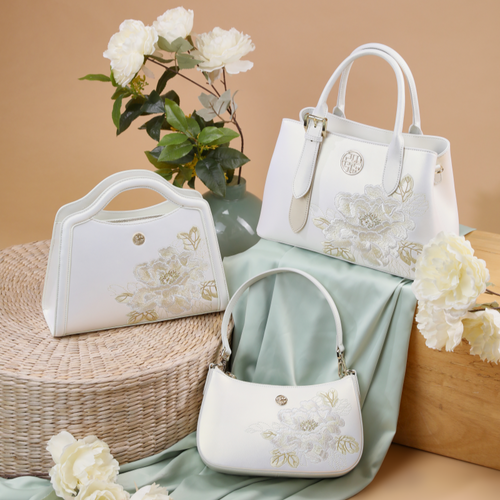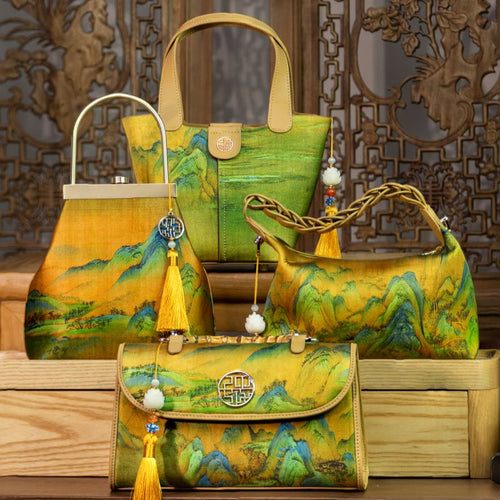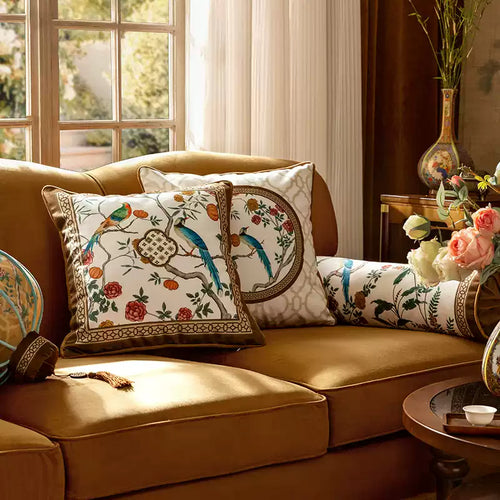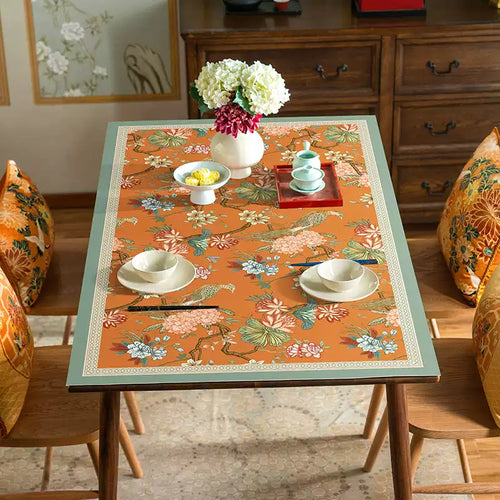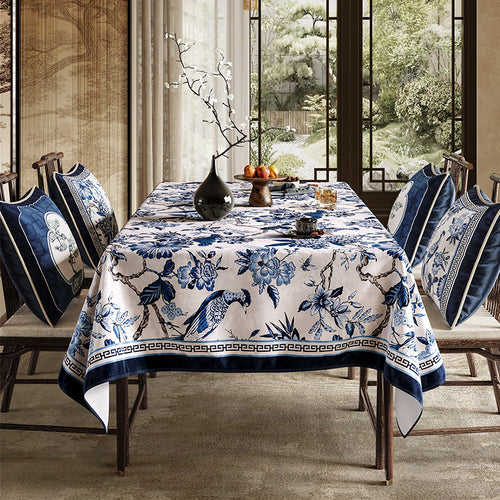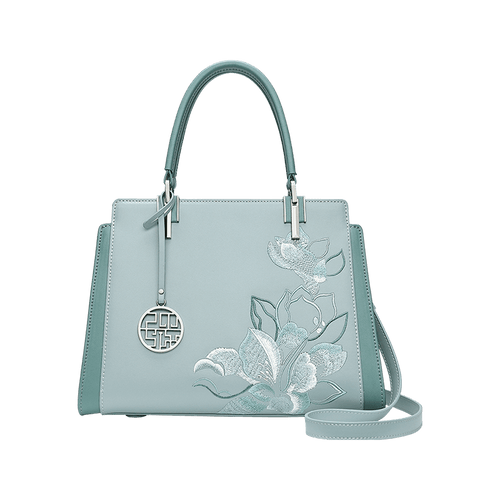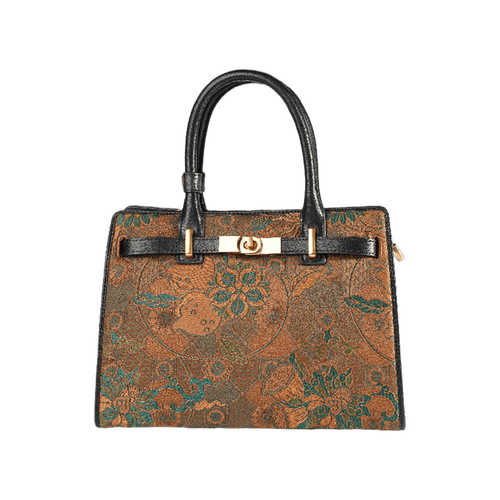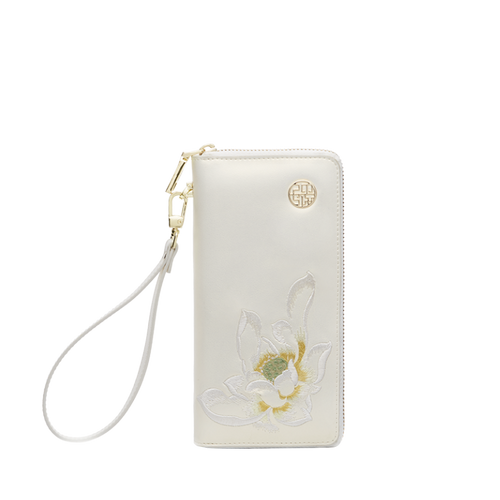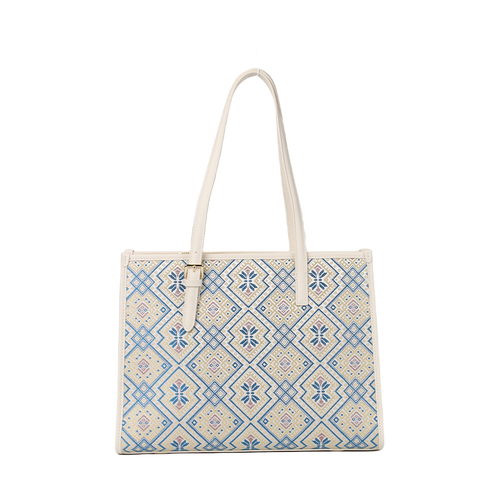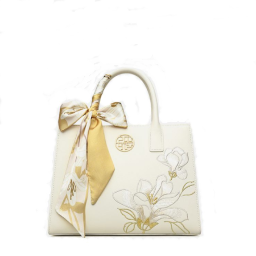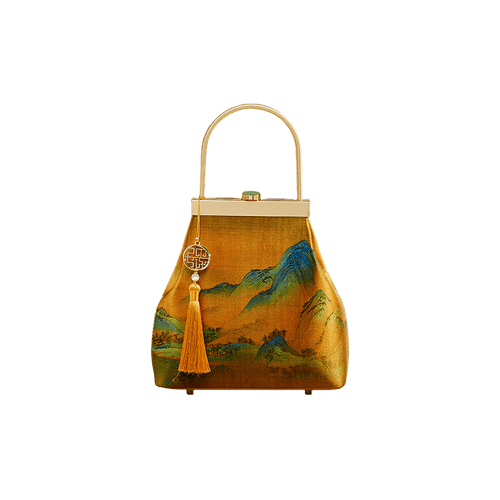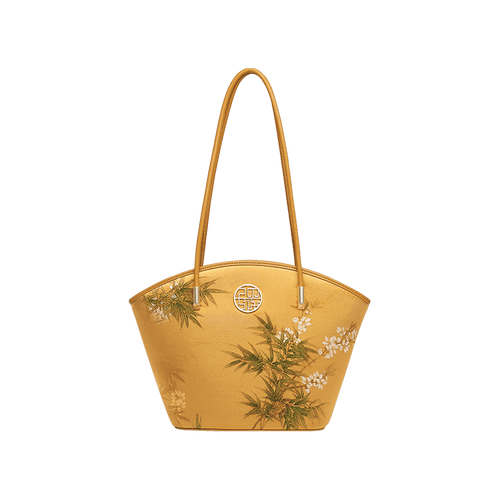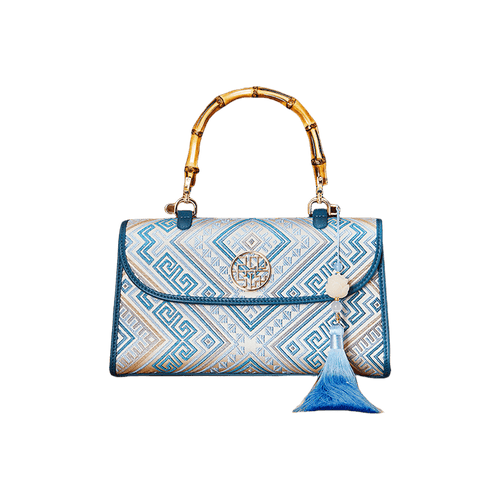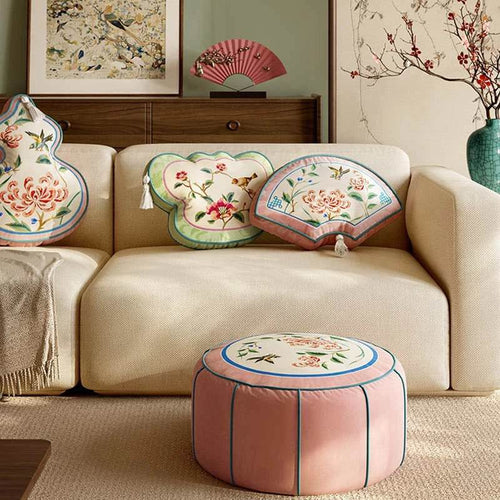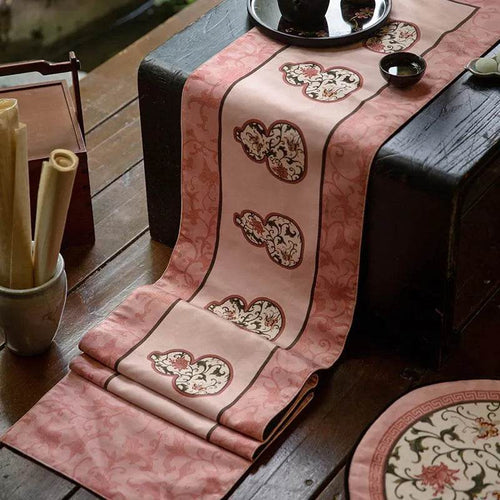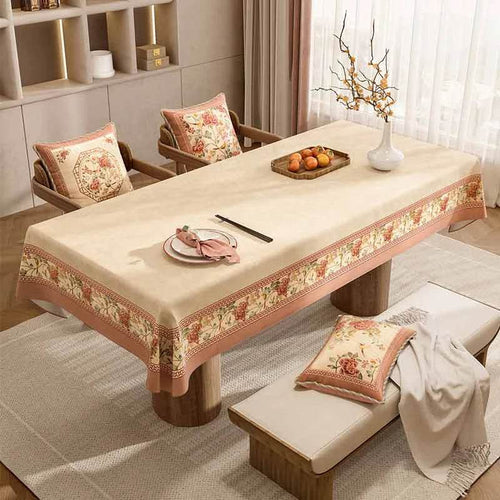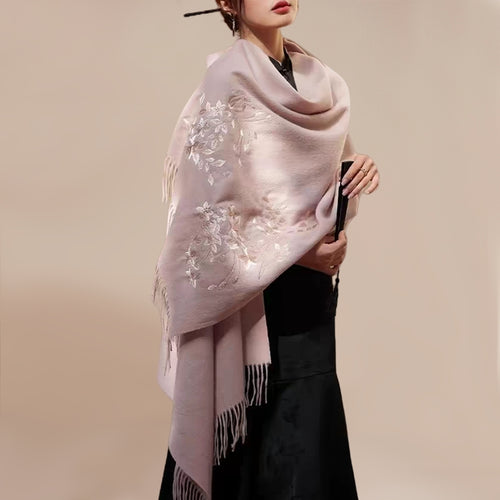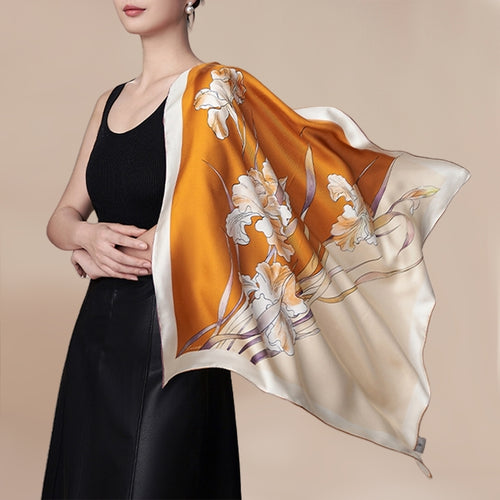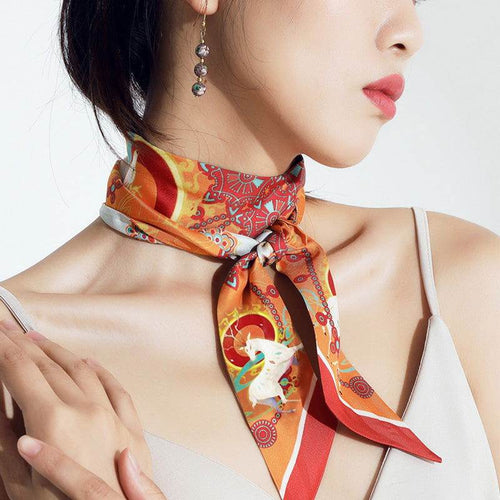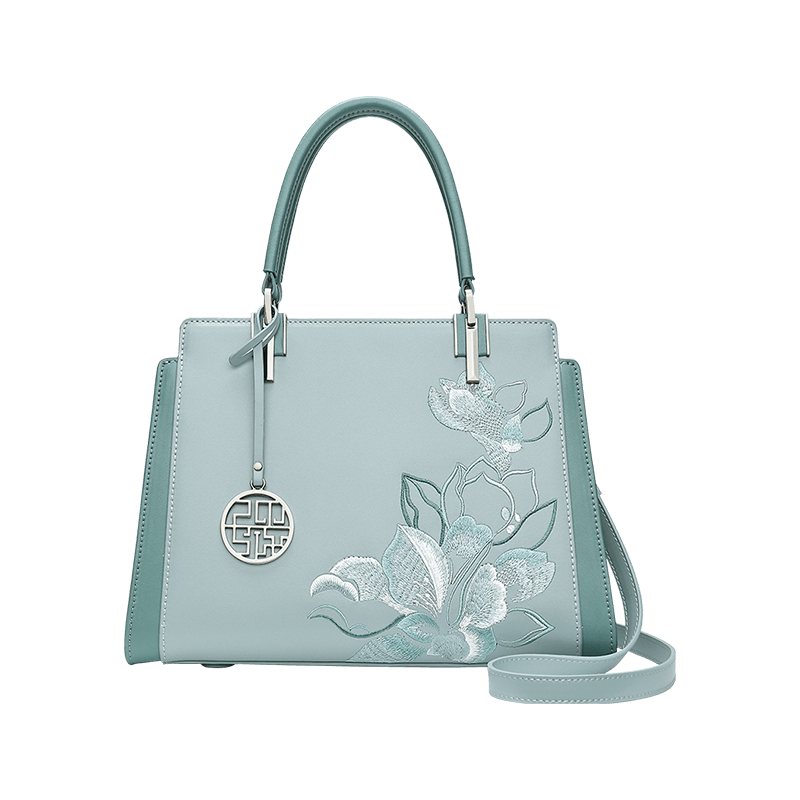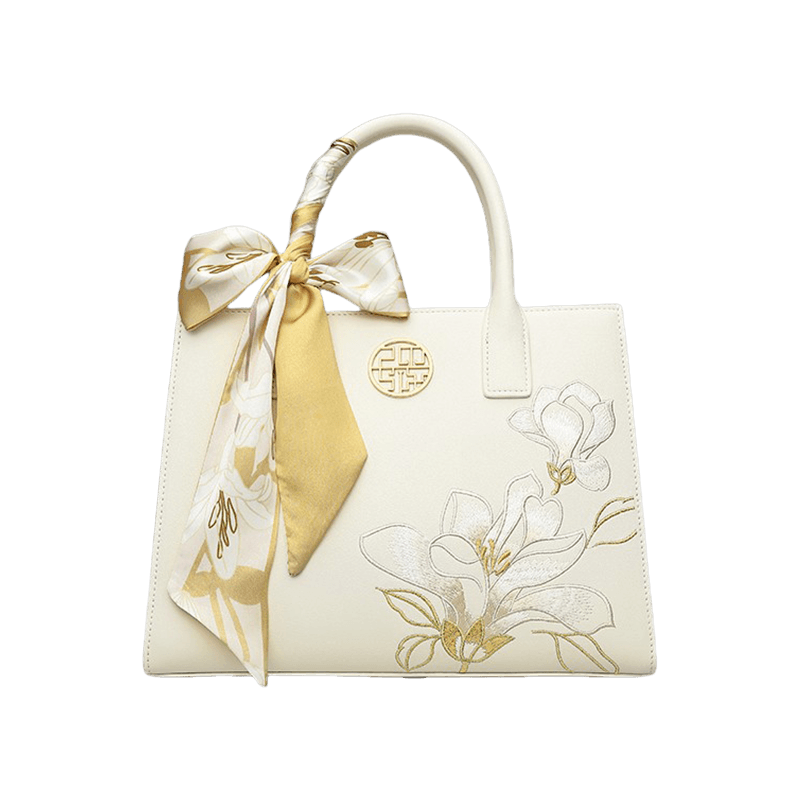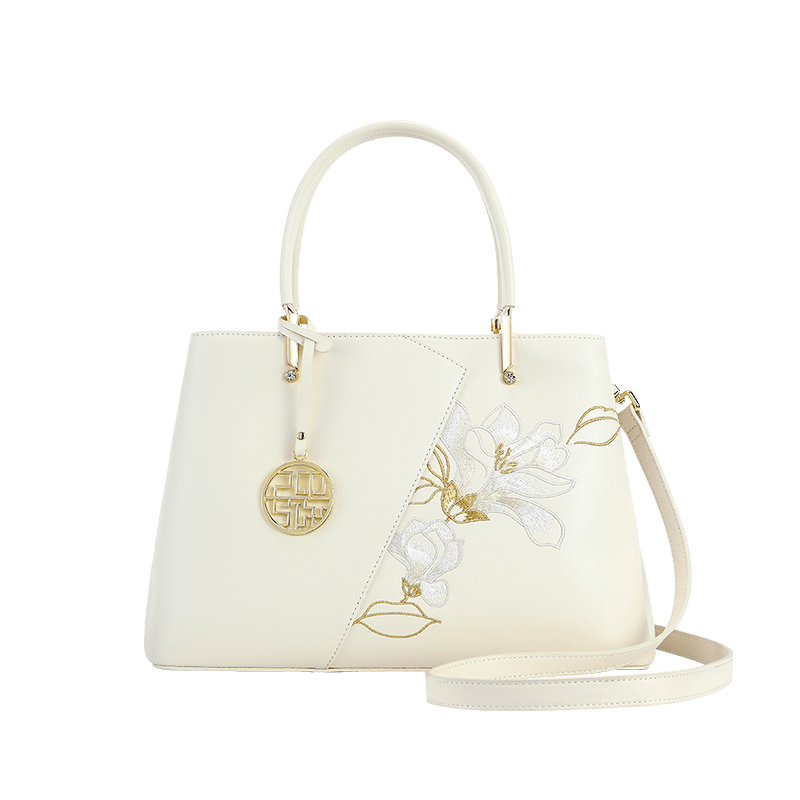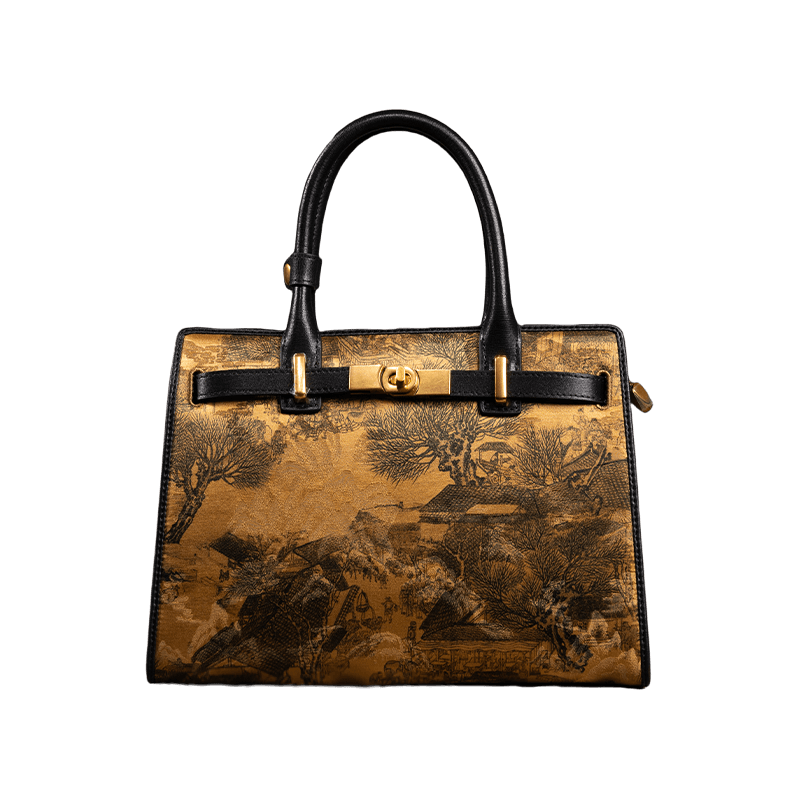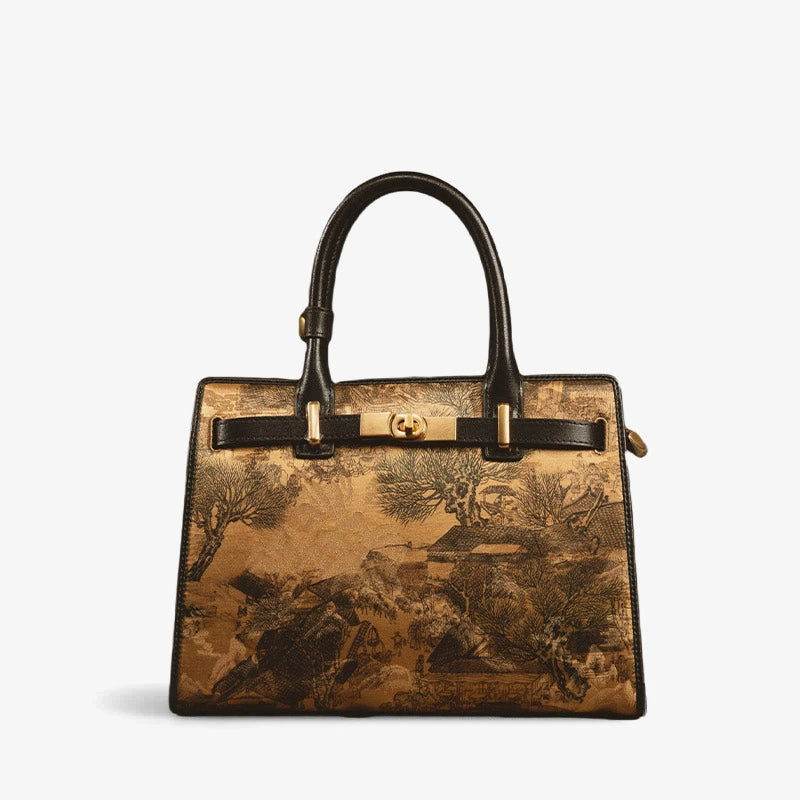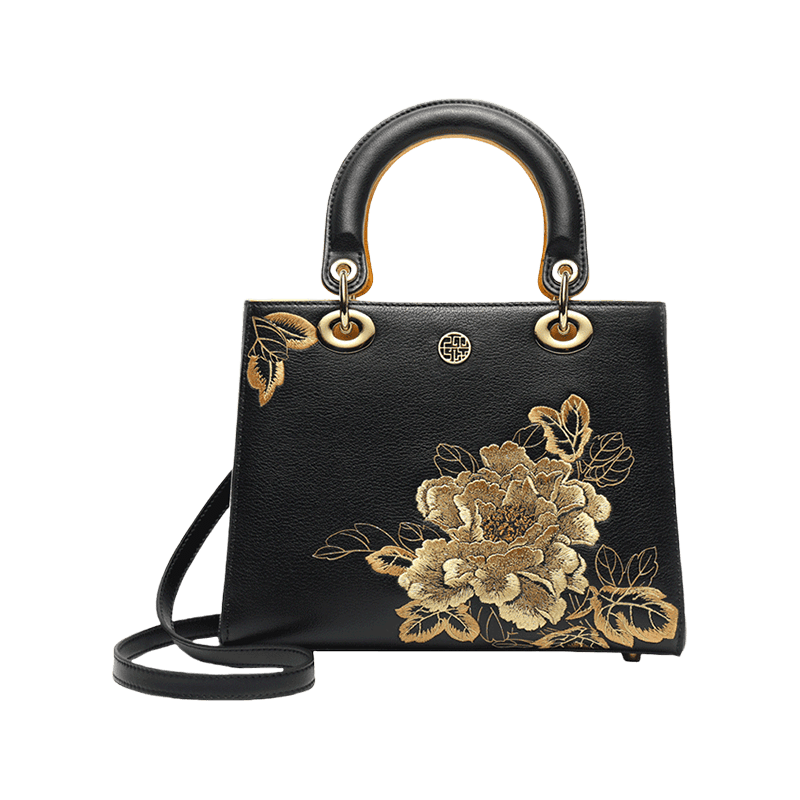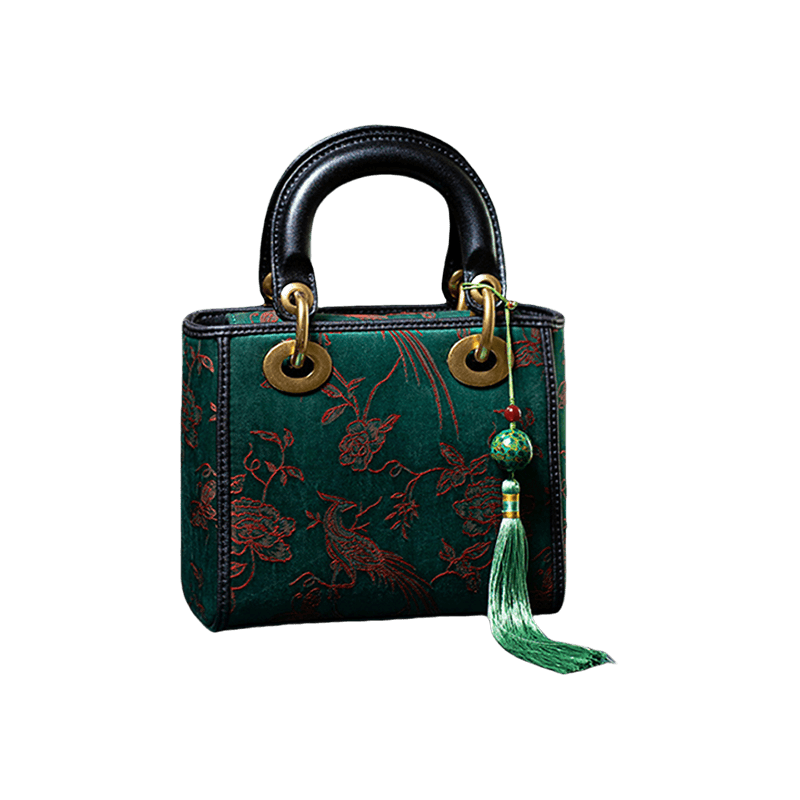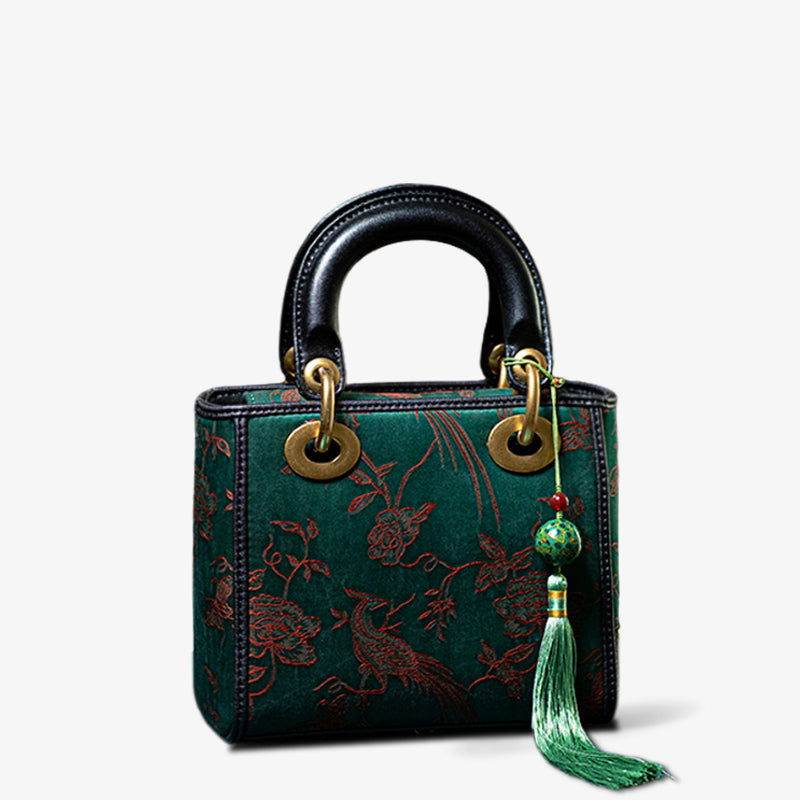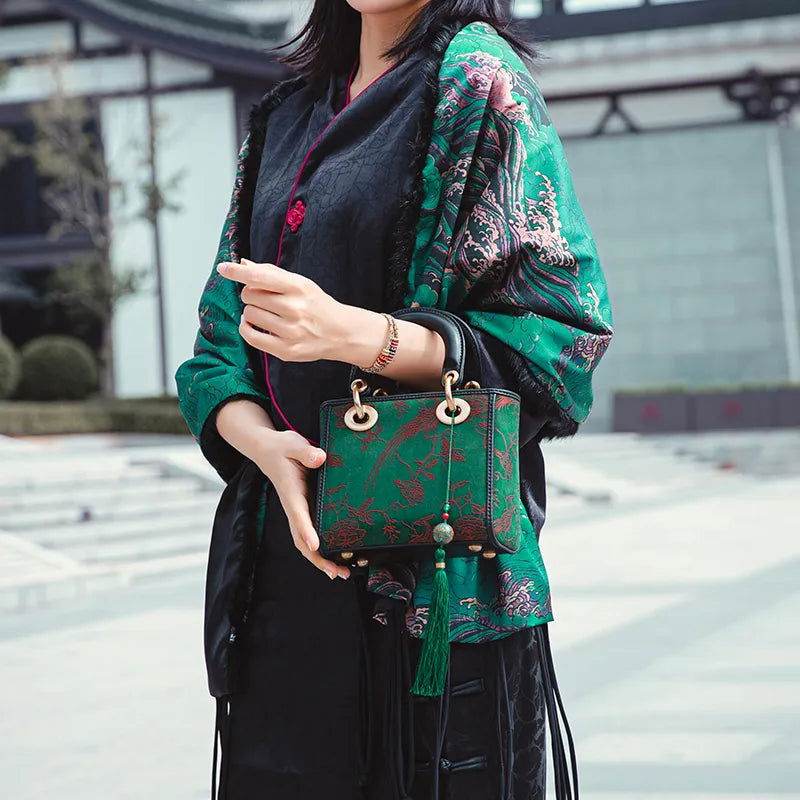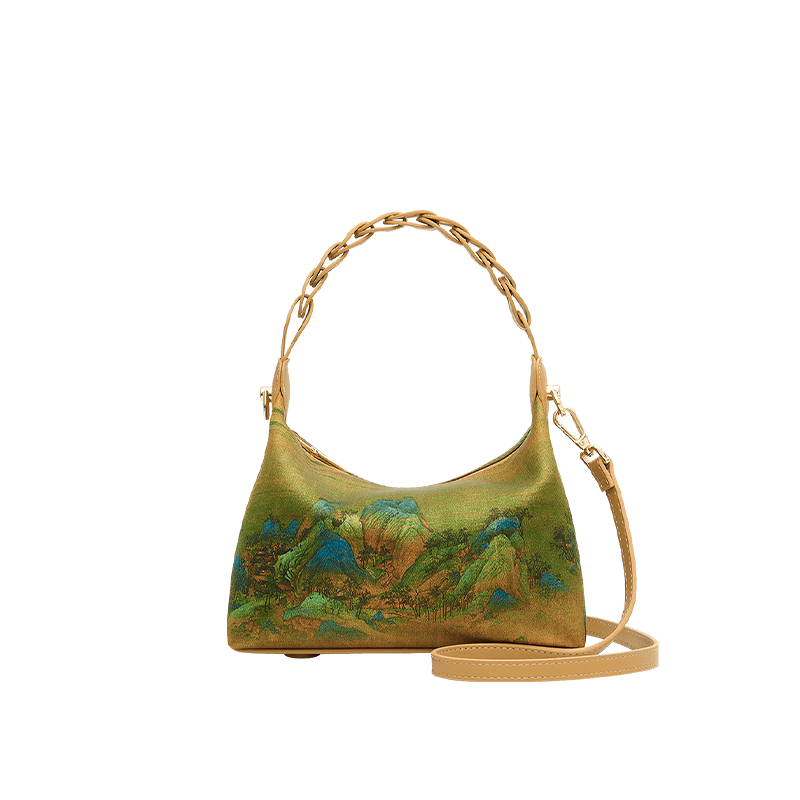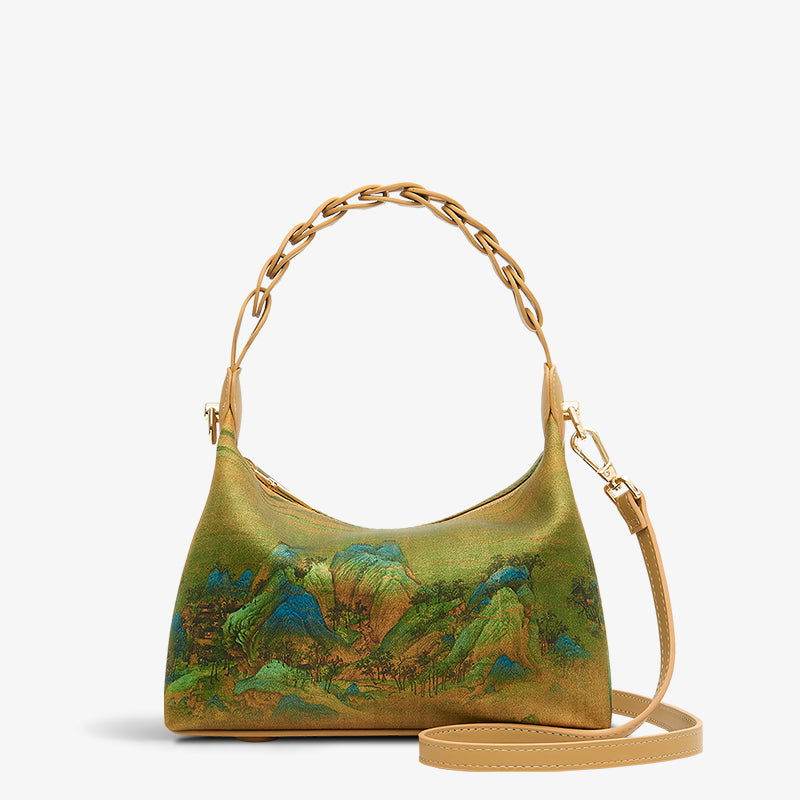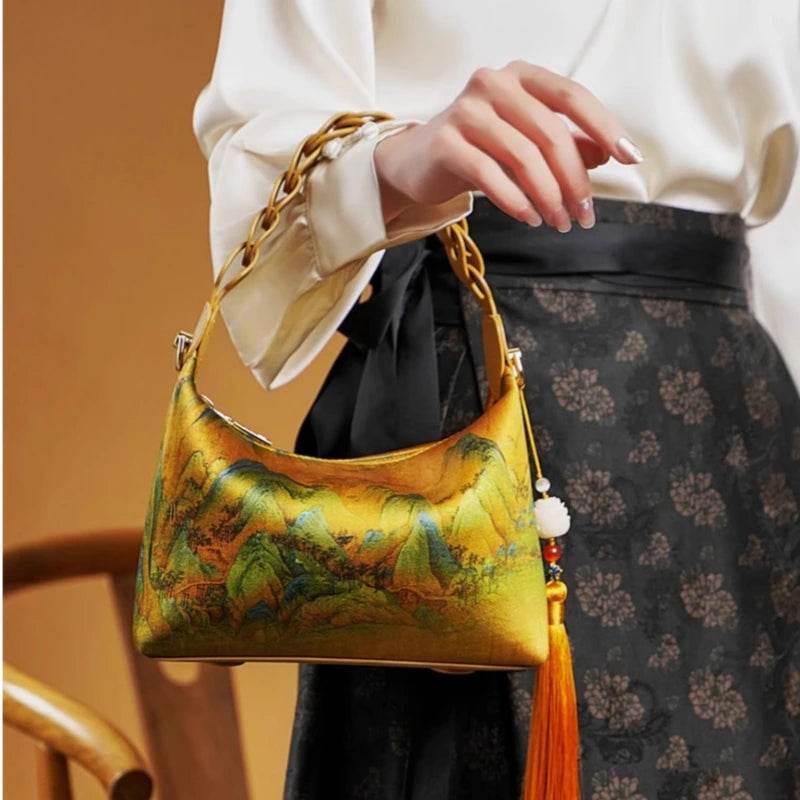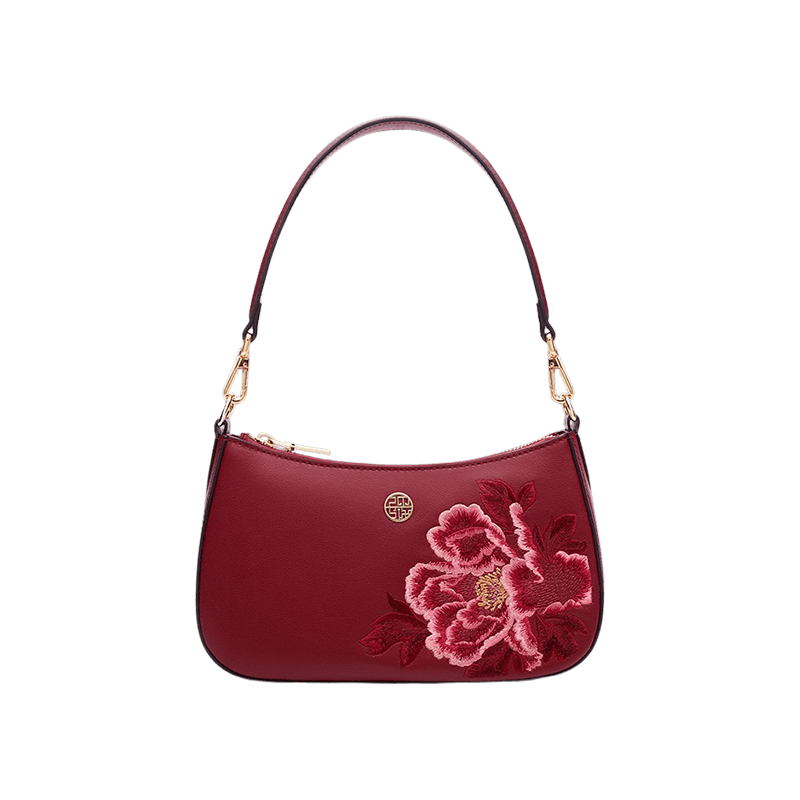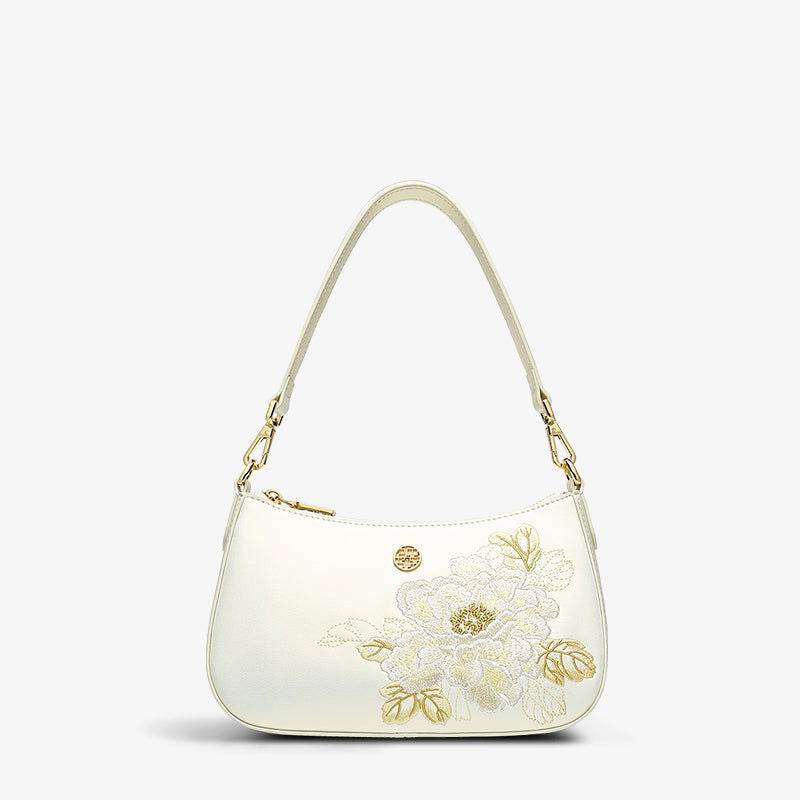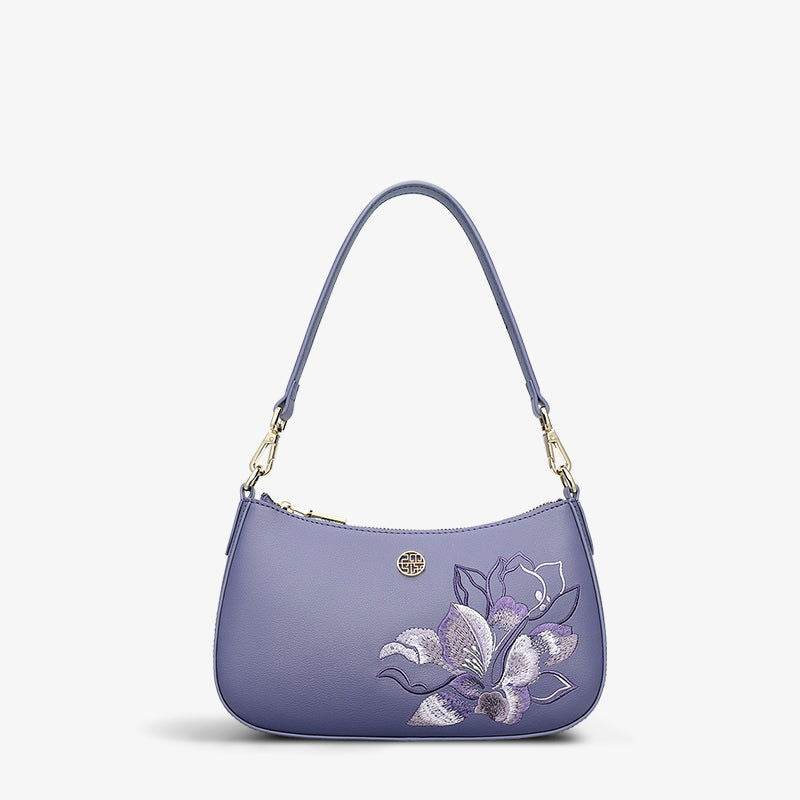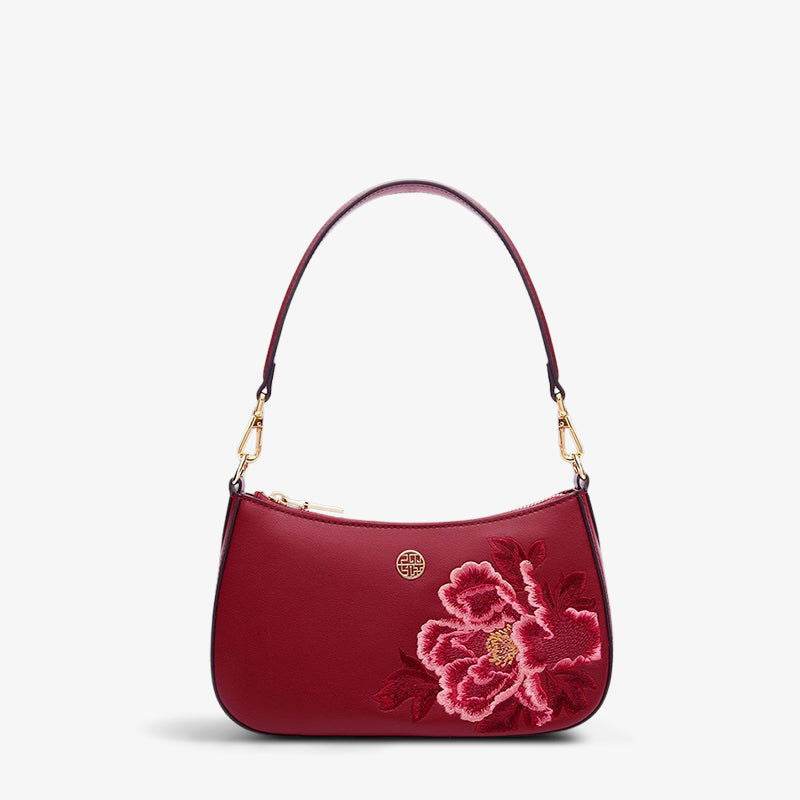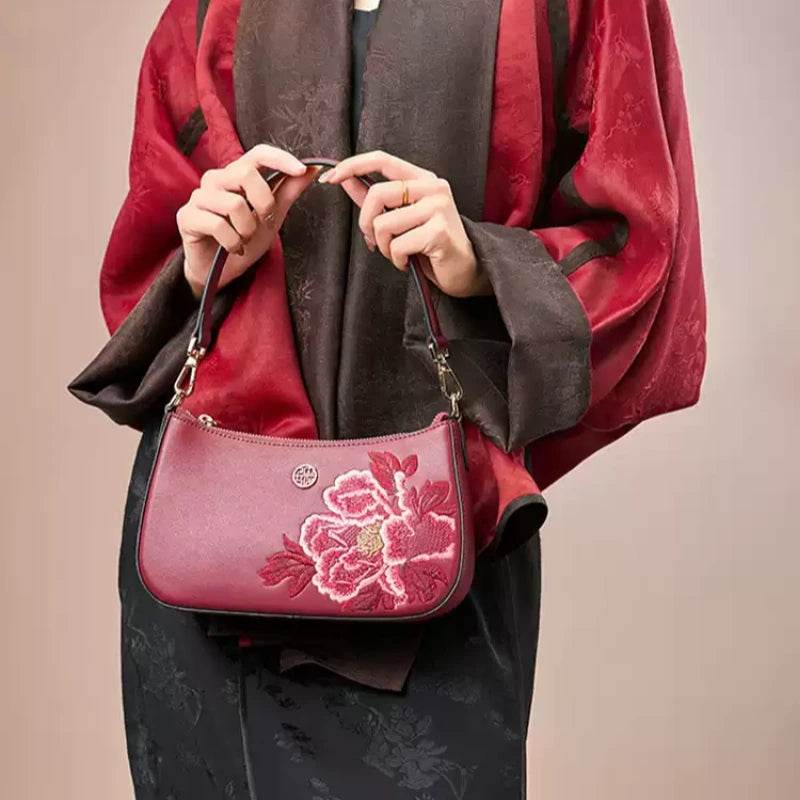I. Historical Background
Chinese intangible cultural heritage craftsmanship has a long history and rich cultural significance. Since ancient times, craftsmanship has been an essential part of Chinese social life. In different historical periods, handcrafted items not only met people's basic living needs but also served as a significant cultural expression. These handcrafted items reflect the wisdom and artistry of ancient Chinese people, carrying forward millennia-old techniques and possessing immense historical and cultural value.
II. Classification
Chinese intangible cultural heritage craftsmanship covers a wide range of areas, including paper cutting, ceramics, embroidery, and more. These are representative examples of handcrafted items:
Paper Cutting: Paper cutting is one of China's traditional folk arts, characterized by its simple and elegant artistic style. During the Chinese New Year and other important festivals, people use paper cuts to decorate doors and windows, symbolizing good fortune and well wishes.

Ceramics: Chinese ceramic craftsmanship is renowned worldwide, with Jingdezhen porcelain being celebrated globally. Ceramic products are highly esteemed for their exquisite shapes and splendid glazes.

Embroidery: Chinese embroidery boasts a long history and exquisite craftsmanship. Embroidery utilizes silk as its primary material and employs various stitching techniques to create vibrant and colorful patterns, such as depictions of dragons, phoenixes, and auspicious flowers.

III. Craftsmanship Process
The craftsmanship process for Chinese intangible cultural heritage craftsmanship is intricate and precise. Let's take ceramics and embroidery as examples:
Ceramics: First, suitable clay is selected and shaped into ceramic bodies through processes like kneading and shaping on the wheel. Subsequently, the pieces are dried and glazed. Finally, they undergo high-temperature firing, resulting in finished ceramic products.
Embroidery: Firstly, appropriate silk fabric is selected, and according to design blueprints, embroidery is performed on the fabric. Then, the embroidered designs are sewn onto clothing or other items. Finally, the items undergo ironing and finishing touches to enhance their beauty and practicality.
IV. Distinctive Features
Chinese intangible cultural heritage craftsmanship showcases unique artistic expression, aesthetic features, and cultural connotations. These handcrafted items fuse the wisdom and artistry of ancient Chinese people and exemplify the harmonious coexistence of humans and nature. Moreover, they carry rich cultural connotations and symbolism, such as well-wishing and seeking blessings. These handcrafted items serve not only as practical everyday items but also as collectible art pieces with aesthetic value.
